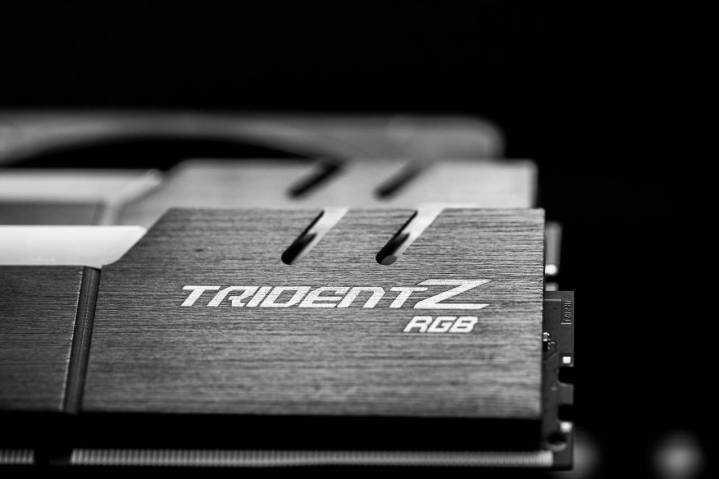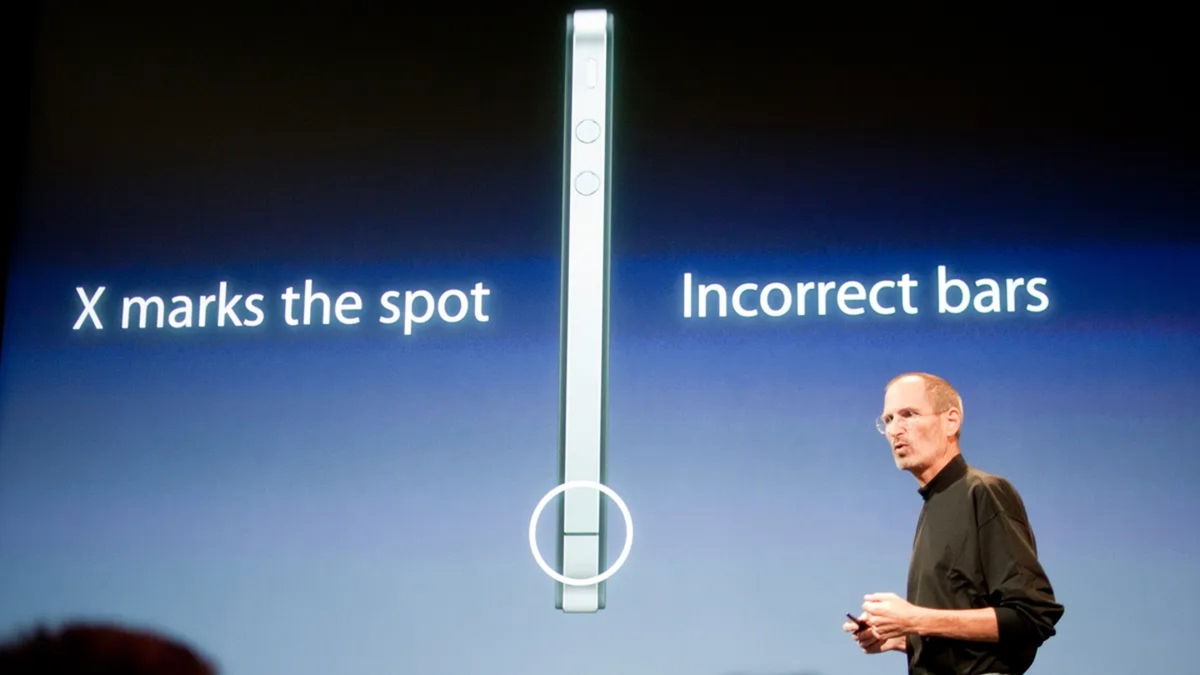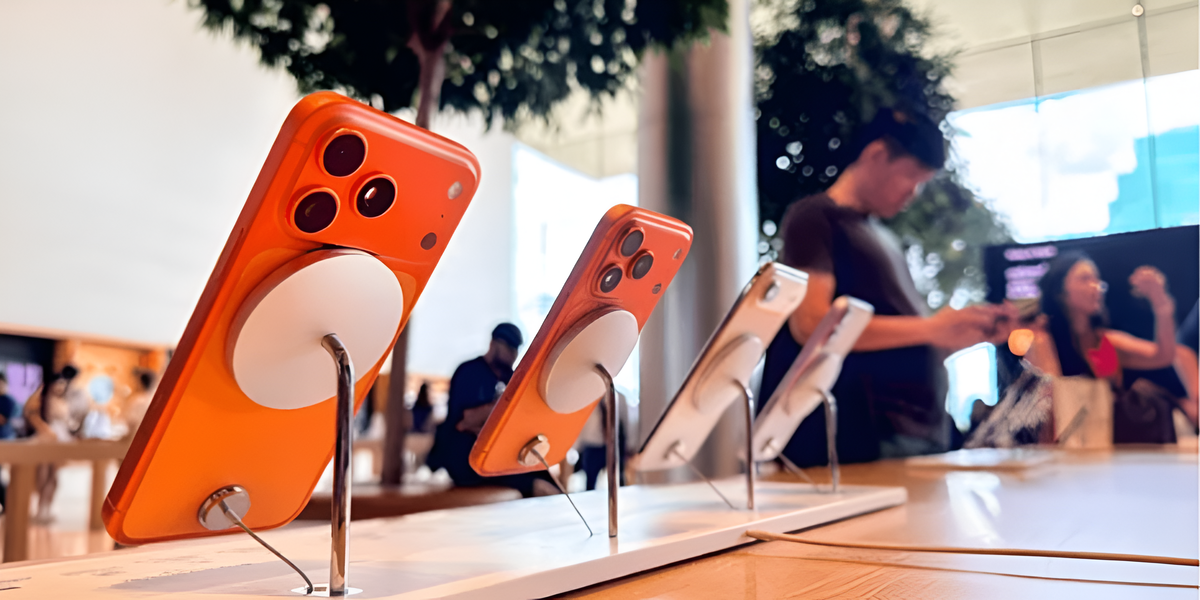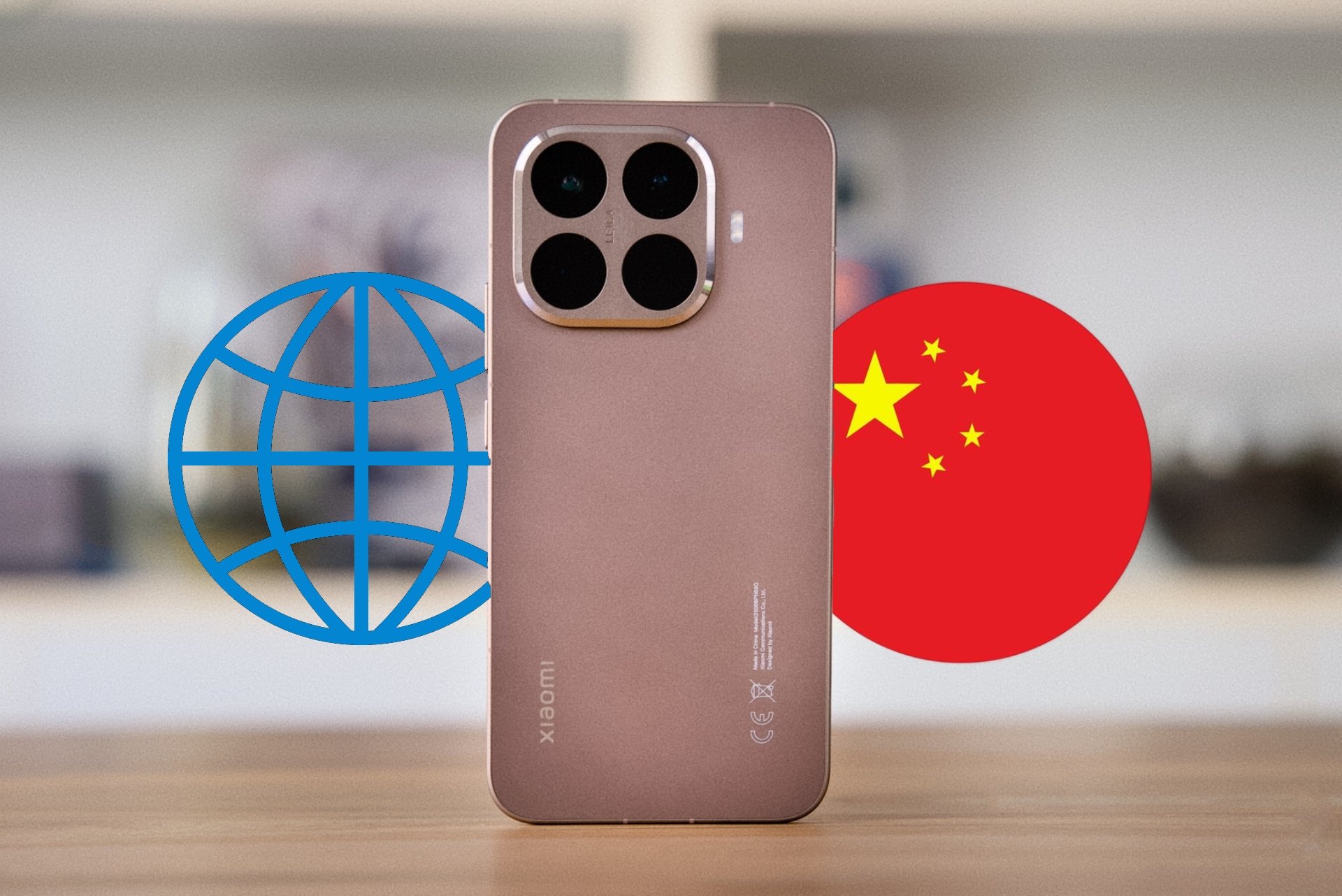It’s likely that the next time you’re looking for a cell phone, especially a low- or mid-range one, you’ll discover a feature you haven’t seen before: Virtual RAM or Dynamic RAM. This feature, which some manufacturers such as Samsung call RAM Plus, aims to improve the performance of a cell phone by virtualizing the portion of memory used for data storage. Don’t worry, we have already explained what virtual RAM is and how it works on mobile phones.
What is virtual RAM and how does it work on mobile phones?
And RAM is random access memory, that is, it is what a computing device uses to save and store short-term information. For example, information needed to run a game when WhatsApp and Spotify are running in the background, but which is deleted when we close the applications or turn off the mobile phone.
It has probably happened to you that when you have too many applications open on your mobile phone and you open a very demanding one like a video game with modern graphics, you notice that your mobile phone is slow. It’s because Available RAM is starting to run outtherefore, for optimal performance, you should close several applications.
This is where virtual or dynamic RAM comes into play. In simple terms, virtual or dynamic RAM reserves a portion of your smartphone’s physical memory (GB of memory) to be used as RAM in case the physical RAM runs out.
While you’ll most likely see smartphones with 2GB and 8GB of virtual or dynamic RAM, the truth is that each manufacturer defines its parameters differently. For example, Samsung cell phones offer users the option of 2GB, 4GB, 6GB, and 8GB “RAM Plus” depending on the device’s range. Other cell phones have a more modest range, like ZTE V50 SmartIt is configured from the factory to use only 4 GB of dynamic RAM.
Advantages and disadvantages of virtual RAM
Since RAM virtualization is nothing but locking up memory space to be used as backup memory when the physical RAM of the mobile phone runs out, the first disadvantage is that your mobile phone will have less storage space while you have the activation enabled. . This drawback may not be a big deal on phones with 256GB of storage, but there is another problem.
By its nature, RAM is designed to perform read/write processes (the time the CPU “writes” and “reads” information) very frequently and very quickly. On the other hand, the physical memory of a cell phone is a type of memory known as flash memory, which has limited read/write cycles and becomes useless once they are used up. Using flash memory as RAM inevitably shortens its useful life, so on the surface it is better to always have enough RAM rather than virtualizing storage memory.
Now you’re probably wondering: If there are disadvantages, why do manufacturers add it as an option? Well, you’ll have to ask them, but we think the compelling answer is user experience and the smartphone lifecycle. Chances are that you will change your mobile phone before you burn up some of your memory by using it as RAM, and that you will also experience a better experience by virtualizing the RAM. So, in the short term, let’s say this feature will be useful.
Source: Digital Trends













